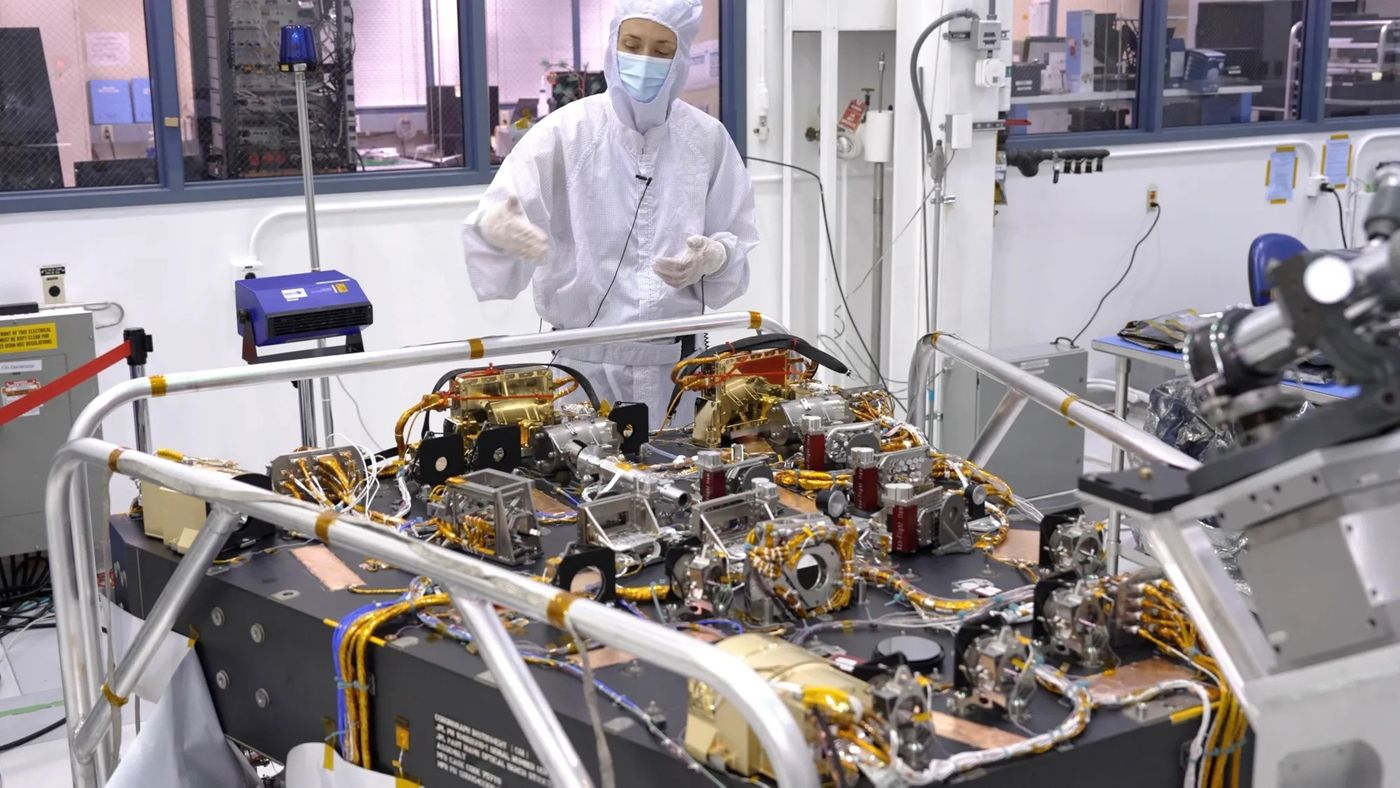Unveiling Hidden Worlds: The Role of NASA's Roman Coronagraph
The study of exoplanets is slated to get an upgrade with NASA’s Roman Space Telescope, also known as Roman, which will observe the night sky like never before. However, before it can meet its current scheduled launch date of May 2027, Roman needs to demonstrate all its instruments and components are functioning at peak performance, which includes its Coronagraph Instrument (CGI). The CGI is slated to be a technology demonstration for directly imaging exoplanets on future space telescope missions. Recently, NASA announced that CGI passed some critical tests for ensuring the CGI and the other instruments on Roman will function in tandem without getting in each other’s way.
“This is such an important and nerve-wracking stage of building a spacecraft instrument, testing whether or not everything works as intended,” Dr. Feng Zhao, who is the deputy project manager for CGI at NASA JPL, said in a statement. “But we have an amazing team who built this thing, and it passed the electrical components tests with flying colors.”
Image of the Roman Coronagraph Instrument undergoing testing at NASA JPL. (Credit: NASA/JPL-Caltech)
While coronagraphs are used for blocking a star’s glare to reveal the orbiting exoplanets, astronomers continue to struggle observing Earth-sized exoplanets. The goal of the CGI will be to advance coronagraph technology so Earth-like exoplanets can be observed, and astronomers hope to use advanced coronagraphs on future instruments and missions.
In addition to the CGI, Roman will carry one other instrument, the Wide-Field Instrument (WFI), which is an infrared camera and Roman’s primary instrument. It will be 100 times larger than imaging cameras on NASA’s Hubble Space Telescope while providing data and images on exoplanets and the overall structure of the universe.
How will the CGI help Roman observe exoplanets, and how will Roman help advance exoplanet science in the coming years and decades? Only time will tell, and this is why we science!
As always, keep doing science & keep looking up!









